 1988 Hyundai Sonata II (Y2) Dimensions, Size & Specs
1988 Hyundai Sonata II (Y2) Dimensions, Size & SpecsMeasurements of the 1988 Hyundai Sonata II, engineered for optimal performance and comfort
| Dimensions | |
|---|---|
| Length: | 4680 mm184.3 in15.4 ft |
| Width: | 1750 mm68.9 in5.7 ft |
| Height: | 1410 mm55.5 in4.6 ft |
| Trunk Capacity: | 473-500 liter16.7-17.7 cu ft |
| Weight Specifications | |
| Curb Weight: | 1195-1285 kg2635-2833 lbs |
| Maximal permitted Weight: | 1740 kg3836 lbs |
| Tire Specifications | |
| Rims Sizes: | 14-inch rims:
|
| Tire Sizes: |
|
The Hyundai Sonata II (Y2), produced between 1988 and 1993, is a midsize sedan that combines practical dimensions with functional design. Measuring 4680 mm (184.3 inches) in length, 1750 mm (68.9 inches) in width, and 1410 mm (55.5 inches) in height, it delivers a balanced presence on the road, optimized for both urban driving and longer-distance comfort. The vehicle's curb weight ranges between 1195 kg and 1285 kg (2635 to 2833 lbs), reflecting its solid build quality without compromising maneuverability. Maximum weight capacity stands at 1740 kg (3836 lbs), supporting passenger and cargo combined. This model offers a generous luggage capacity between 473 and 500 liters (16.7 to 17.7 cubic feet), suitable for family trips or daily errands. The Sonata II rides on 14-inch rims sized 5.5J x 14, paired with tires either 185/70 R14, 195/70 R14, or 185/70 HR14, ensuring a stable and comfortable driving experience. This generation of the Sonata represents Hyundai's emphasis on reliable, spacious sedans in the late 1980s and early 1990s, appealing to buyers seeking value and practicality in a midsize vehicle.
Discover the standout features that make the 1988 Hyundai Sonata II a leader in its class
Have a question? Please check our knowledgebase first.
The Hyundai Sonata II (Y2), produced between 1988 and 1993, has a length of 4680 mm (184.3 inches), a width of 1750 mm (68.9 inches), and a height of 1410 mm (55.5 inches). These dimensions position it comfortably in the mid-size sedan category, offering a balanced footprint suitable for both city driving and highway cruising. Its length and width provide adequate interior space and road presence without compromising maneuverability.
The curb weight of the Hyundai Sonata II ranges between 1195 kg and 1285 kg (2636 to 2833 lbs), while its maximum allowable weight is 1740 kg (3836 lbs). This moderate weight contributes to its stability and fuel efficiency. The weight range can vary depending on specific trims and optional equipment. A lighter curb weight helps in achieving better acceleration and handling, making the Sonata II agile within its class, while the maximum weight ensures it can carry passengers and cargo safely.
The Hyundai Sonata II offers a generous luggage capacity ranging from 473 to 500 liters (16.7 to 17.7 cubic feet). This spacious trunk allows for practical usage whether you’re carrying groceries, luggage for a trip, or bulky items. The capacity is competitive for a mid-size sedan of its era, providing ample storage without sacrificing passenger comfort within the cabin.
Yes, the Hyundai Sonata II fits comfortably into a standard residential garage. Typical single-car garages have internal dimensions approximately 2.4 to 3.0 meters wide (7.9 to 9.8 feet) and 4.8 to 6.1 meters long (15.7 to 20 feet). With a length of 4680 mm (4.68 meters / 15.35 feet) and width of 1750 mm (1.75 meters / 5.74 feet), this Sonata generation has no issues fitting into conventional garage spaces, with adequate clearance for opening doors and maneuvering.
The Hyundai Sonata II comes equipped with rims sized 5.5J x 14 inches paired with tire options such as 185/70 R14, 195/70 R14, and 185/70 HR14. These proportions favor a balance between handling responsiveness and ride comfort. The 14-inch tires with relatively high sidewalls (70 profile) help absorb road imperfections, contributing to a smoother ride. The moderate tire widths enhance fuel efficiency and provide sufficient grip suitable for varied driving conditions typical for a mid-size sedan.
Compared to its predecessor, the first-generation Hyundai Sonata (Y1), the Sonata II (Y2) saw increases in dimensions that improved interior space and comfort. The Y2’s length of 4680 mm (184.3 inches) and width of 1750 mm (68.9 inches) are larger than those of the Y1, which measured somewhat shorter and narrower. This size increase translated to better legroom and cabin space, making the second generation more competitive in the mid-size sedan segment and providing a more comfortable ride for passengers.
The Hyundai Sonata II compares favorably in size to its contemporaries such as the Toyota Camry, Honda Accord, and Nissan Stanza from the late '80s and early '90s. Its length of 4680 mm (184.3 inches) and width of 1750 mm (68.9 inches) place it squarely within the mid-size segment. While some competitors might have had slightly larger interior volumes or more advanced tech features, the Sonata II offered competitive luggage capacity (473-500 liters) and refined styling that appealed to buyers seeking value and practicality during that period.
With a height of 1410 mm (55.5 inches), the Hyundai Sonata II provides comfortable headroom for front and rear passengers typical for a mid-size sedan of its era. The overall cabin design, expanded from the previous generation, offers improved legroom and shoulder space due to the car’s increased width (1750 mm / 68.9 inches). This improved interior packaging enhances comfort on longer journeys, making it a practical choice for families and daily commuters.
The Hyundai Sonata II has a maximum weight rating of 1740 kg (3836 lbs), which includes the curb weight plus passengers, cargo, and any additional load. With a curb weight ranging from 1195 to 1285 kg (2636 to 2833 lbs), the payload capacity can be estimated around 455 to 545 kg (1003 to 1201 lbs). This capacity means the sedan can comfortably accommodate four to five passengers and their belongings without compromising safety or handling, suitable for family outings or daily driving.
The moderate dimensions of the Hyundai Sonata II, with a length of 4680 mm (184.3 inches), width of 1750 mm (68.9 inches), and curb weight between 1195 and 1285 kg (2636 to 2833 lbs), help balance fuel efficiency and agility. Its relatively streamlined size for a mid-size sedan means lower aerodynamic drag compared to larger vehicles, aiding fuel economy. Additionally, the compact width and moderate length improve maneuverability in city traffic and parking situations, making it a practical car for urban drivers who want mid-size comfort without excessive bulk.
Discover similar sized cars.

| Model Year: | 1978 |
|---|---|
| Length: | 4705 mm185.2 in |
| Width: | 1722-1730 mm67.8-68.1 in |
| Height: | 1410 mm55.5 in |
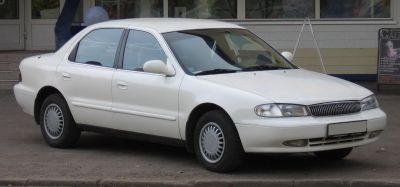
| Production: | 1996-1998 |
|---|---|
| Model Year: | 1996 |
| Length: | 4696 mm184.9 in |
| Width: | 1770 mm69.7 in |
| Height: | 1420 mm55.9 in |
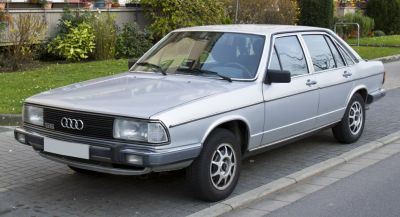
| Production: | 1979-1982 |
|---|---|
| Model Year: | 1979 |
| Length: | 4683 mm184.4 in |
| Width: | 1768 mm69.6 in |
| Height: | 1390 mm54.7 in |

| Production: | 1976-1979 |
|---|---|
| Model Year: | 1976 |
| Length: | 4680 mm184.3 in |
| Width: | 1768 mm69.6 in |
| Height: | 1390 mm54.7 in |
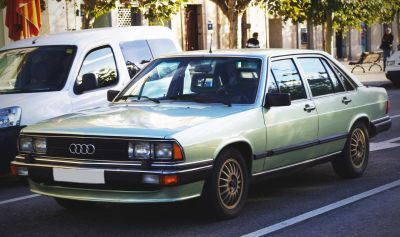
| Production: | 1979-1982 |
|---|---|
| Model Year: | 1979 |
| Length: | 4695 mm184.8 in |
| Width: | 1768 mm69.6 in |
| Height: | 1390 mm54.7 in |

| Production: | 2012-2014 |
|---|---|
| Model Year: | 2012 |
| Length: | 4729 mm186.2 in |
| Width: | 1782 mm70.2 in |
| Height: | 1465 mm57.7 in |
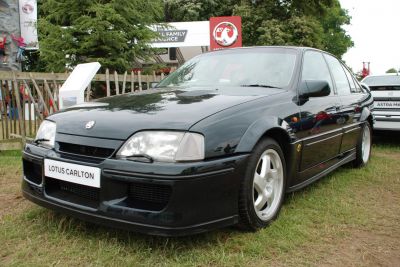
| Production: | 1986-1994 |
|---|---|
| Model Year: | 1986 |
| Length: | 4768 mm187.7 in |
| Width: | 1933 mm76.1 in |
| Height: | 1435 mm56.5 in |
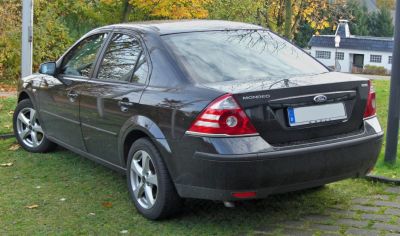
| Production: | 2001-2007 |
|---|---|
| Model Year: | 2001 |
| Length: | 4731 mm186.3 in |
| Width: | 1812 mm71.3 in |
| Height: | 1429 mm56.3 in |
